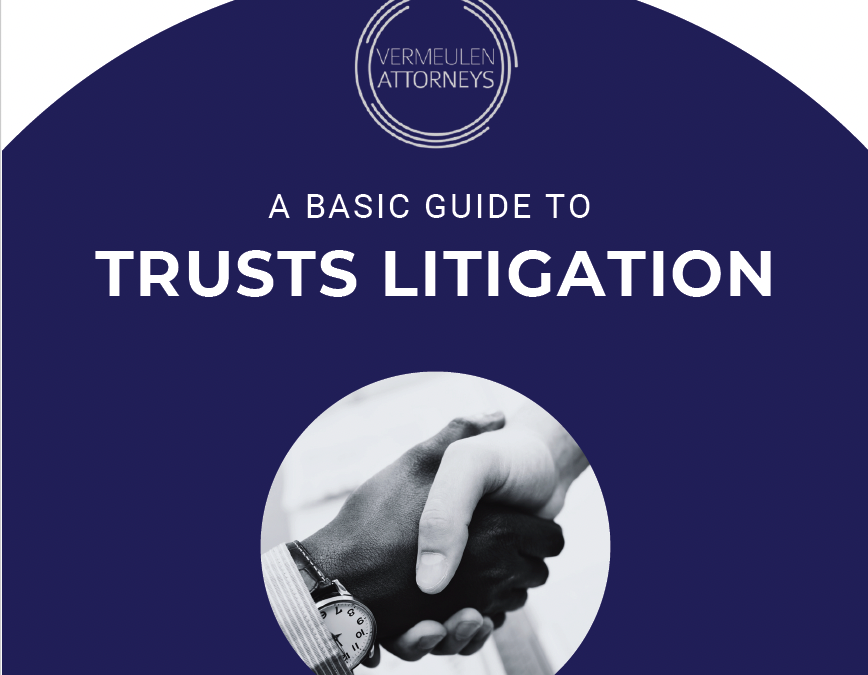Application to Remove “Debt Review” Flag on Credit Record (Debt Review Upliftment):
When a consumer applies for debt review and is found over-indebted by a debt counsellor under Section 86(6)(a) of the National Credit Act, a “debt review” flag is added to their credit record.
This flag indicates the consumer has applied for debt review. If the consumer wishes to cancel the debt review, the debt counsellor cannot remove the flag unless all debts are paid. However, the consumer can approach the Magistrate’s Court to have the flag removed.
This application to the Magistrate’s Court can only be made before the debt restructuring proposal becomes a Court order under Section 86(7)(c) of the National Credit Act.
Our offices will assist you in filing an application under Section 87(1)(a) of the National Credit Act to the Magistrate’s Court.
The application must prove to the Court that the consumer is not over-indebted, justifying the removal of the flag. The Court may then reject the debt counsellor’s finding of over-indebtedness and uplift the debt review.
This application is suitable only when the administrative process and Court proceedings with the debt counsellor are incomplete.
Once the Court order is obtained, it will be presented to the debt counsellor to remove the “debt review” record from the credit bureaus.
Frequently Asked Questions About Debt Review Upliftment
1. Can a consumer withdraw or terminate a debt review process prior to obtaining a Debt Review Court Order?
Consumers can only withdraw or terminate the debt review process before the declaration of over-indebtedness under Section 86(7) of the Act and the issuance of form 17.2. This is subject to the payment of debt counselling fees as per NCR Debt Counselling Fee Guidelines. If a debt counsellor determines over-indebtedness and no Court Order is in place, the consumer will remain under debt review.
2. What does the debt counsellor do when the debt review process is cancelled by me?
A debt counsellor will notify the credit providers of the withdrawal using Form 17.W and update the Debt Help System (DHS) with status G.
3. Which Court is the correct forum to approach to remove this credit bureau record?
The Magistrate’s Court has the power to declare whether the consumer is over-indebted or not.
4. At what stage do I need to approach the Court to remove the credit bureau record?
If the debt counsellor has recommended that the consumer be declared over-indebted and the Form 17.2 has been issued to Credit Providers, the consumer must approach the Magistrate’s Court with the relevant jurisdiction to be declared not over-indebted and no longer under debt review.
5. What application is referred to Court?
A court application in terms of S87(1)(a) must be made to the Magistrate’s Court with the relevant jurisdiction requesting the Court to reject the debt counsellor’s recommendation that the consumer is found over-indebted and declare the consumer no longer over-indebted.
6. What does the application entail?
The application must advise the Court that the consumer has been found over-indebted by the debt counsellor and a copy of the Form 17.2 must be attached.
The application must advise the Court that the consumer is no longer over-indebted and must include the consumer’s financial circumstances at the time in the motivation of the aforesaid. The application must further advise the relevant Magistrate’s Court that the consumer no longer needs to be under debt review.
Application to Rescind the Order for “Debt Review” in Terms of Section 86(7)(c) of the National Credit Act:
If a consumer wants to cancel the debt review process after the Court has granted an order for a debt counsellor’s restructuring proposal under Section 86(7)(c), they need to file a rescission application.
Once a debt review order is obtained, a consumer cannot simply terminate or withdraw from the process. However, they can approach the Court to rescind the order or request a new order declaring that they are no longer over-indebted. This requires obtaining a subsequent Court Order related to the previous application.
Once the rescission is granted, the order can be presented to the debt counsellor to remove the record from the Credit Bureau.
Our offices will gladly assist you in filing an application to rescind a debt review order at the Magistrate’s Court.
After obtaining the Court order, it will be given to the debt counsellor to remove the “debt review” record from the credit bureaus.
Frequently Asked Questions About Rescission Application for a Debt
1. What does a rescission application for a debt review entail?
- An application for rescission of the granted debt review Court Order, requesting that the consumer be declared no longer over-indebted, must be filed at the Magistrate’s Court with the relevant jurisdiction.
- This application must inform the Court that the consumer was found over-indebted by the Magistrate’s Court. A copy of the Court Order must be attached as an annexure.
- The application must advise the Magistrate’s Court that the consumer is no longer over-indebted and must include the consumer’s current financial circumstances to support this claim.
- The application must also inform the Magistrate’s Court that the consumer no longer needs to be under debt review.
2. What are the consequences of such rescission being granted?
- Upon receipt of the granted rescission Court Order, the debt counsellor must:
- Notify all the credit providers by using Form 17.W and attach a copy of the granted rescission Court Order.
- Remove the consumer’s debt review flag on the credit bureaus by updating it with the relevant status code.
3. When is a rescission applicable?
In circumstances where a debt review order has been granted in terms of Section 86(7)(c) of the National Credit Act.
4. When will the Court grant these orders?
The Court will not grant the order if the credit agreements, excluding mortgage or long-term agreements, have not been settled. The consumer must be able to settle these agreements with a lump sum payment. Reinstating the original terms of the credit agreements is not acceptable if a Court order has already been granted and rescission is required.
5. What application is referred to Court?
A court application in terms of S87(1)(a) must be made to the Magistrate’s Court with the relevant jurisdiction requesting the Court to reject the debt counsellor’s recommendation that the consumer is found over-indebted and declare the consumer no longer over-indebted.
6. What does the application entail?
The application must inform the Court that the consumer has been found over-indebted by the debt counsellor, and a copy of Form 17.2 must be attached.
The application must also inform the Court that the consumer is no longer over-indebted, including the consumer’s current financial circumstances to support this claim. Furthermore, the application must advise the Magistrate’s Court that the consumer no longer needs to be under debt review.












